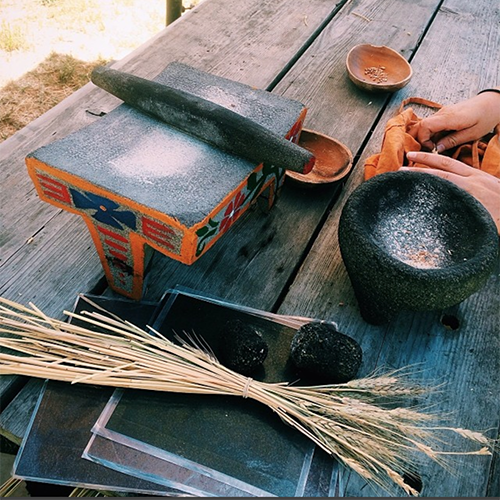Constructing explanations and designing solutions in 6–8 builds on K–5 experiences and progresses to include constructing explanations and designing solutions supported by multiple sources of evidence consistent with scientific ideas, principles, and theories.
Construct a scientific explanation based on valid and reliable evidence obtained from sources (including the students’ own experiments) and the assumption that theories and laws that describe nature operate today as they did in the past and will continue to do so in the future. (MS-ESS2-2)
Undertake a design project, engaging in the design cycle, to construct and/or implement a solution that meets specific design criteria and constraints.
Apply scientific ideas or principles to design an object, system, process or tool.





